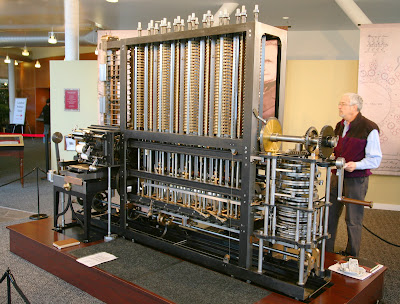WEEK 4: Information Society: What's the Difference?
Information Society
Before reading the report of Pekka Himanen (“Challenges of Global Information Society”), I wondered who is a Pekka Himanen. I was amazed when I learned that he got his Ph.D. when he was 20 years old. He is a Finnish philosopher who is internationally known for his research and who has been involved in writing and editing 15 books and articles. He has done research work in Finland (University of Helsinki), the United Kingdom (University of Oxford)), and the United States (Stanford University, University of California, Berkeley).
The author discusses "Global trends" at the beginning of the report. He discusses ten emerging worldwide trends for the future. The trend that I can demonstrate is "The new global division of labour." In this trend, the author discusses routine jobs that are being transferred to less expensive nations. In other words, the author intends to imply that countries with large populations, such as China, Pakistan, India, Brazil, and Indonesia, would have a large number of enterprises that will offer routine jobs. Nowadays, the iPhone is largely manufactured in East and Southeast Asia, where labor is cheap and plentiful. Apple produces products in China, Taiwan, Thailand, Vietnam, the Philippines, and Malaysia. The author's predictions are virtually always correct nowadays. For example, in Europe, population aging raised strains on the welfare state, and so on. However, I believe that developments in bio-industries should not be seen as a "rising". I expect that certain changes will occur in this field in the near future, but they have not occurred as of now.





Comments
Post a Comment